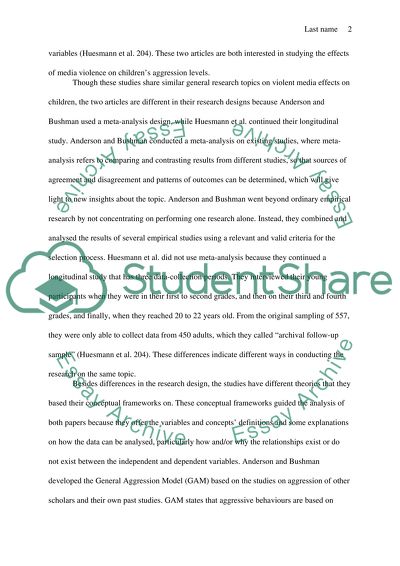Cite this document
(“Troubling Short and Long-Term Violent Media Effects on Children Essay”, n.d.)
Troubling Short and Long-Term Violent Media Effects on Children Essay. Retrieved from https://studentshare.org/english/1629885-troubling-short-and-long-term-violent-media-effects-on-children
Troubling Short and Long-Term Violent Media Effects on Children Essay. Retrieved from https://studentshare.org/english/1629885-troubling-short-and-long-term-violent-media-effects-on-children
(Troubling Short and Long-Term Violent Media Effects on Children Essay)
Troubling Short and Long-Term Violent Media Effects on Children Essay. https://studentshare.org/english/1629885-troubling-short-and-long-term-violent-media-effects-on-children.
Troubling Short and Long-Term Violent Media Effects on Children Essay. https://studentshare.org/english/1629885-troubling-short-and-long-term-violent-media-effects-on-children.
“Troubling Short and Long-Term Violent Media Effects on Children Essay”, n.d. https://studentshare.org/english/1629885-troubling-short-and-long-term-violent-media-effects-on-children.


